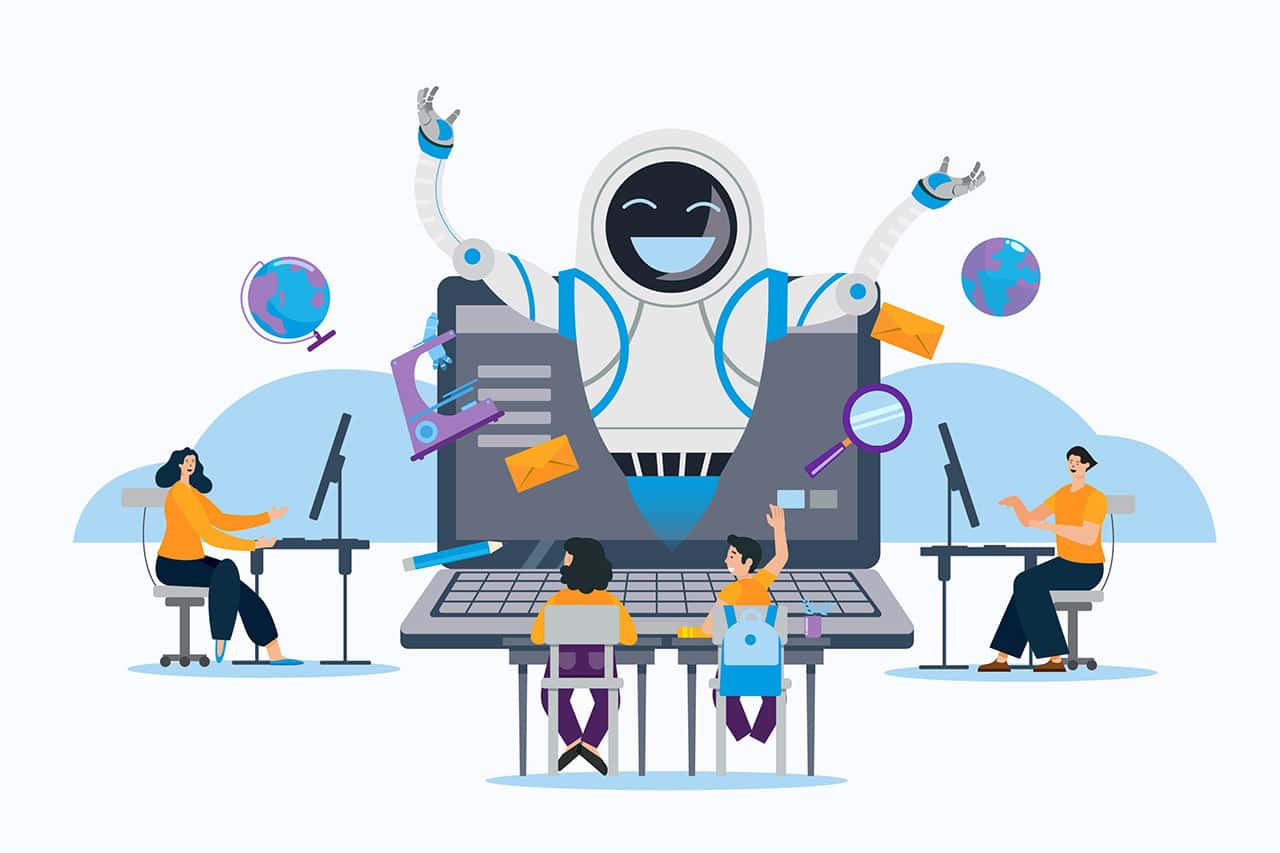
IBM delivers in the realm of enterprise operations. This concerns how users access crucial applications and data stands as a fundamental component of conducting business. The efficiency with which these applications and data responses are serviced directly influences the generation of revenue. As per the findings of the Digital 2023 Global Overview Report by We Are Social, the global internet user base has expanded to 5.19 billion individuals in 2023.
This significant statistic underscores the critical necessity for businesses to place their trust in robust networks, ensuring the seamless delivery of pertinent content to effectively address the evolving needs of their customers. Consequently, it becomes imperative to evaluate the responsiveness of the application and data essential for informed decision-making.
When unforeseen incidents disrupt specific geographical regions, mitigating outages that affect access to applications and data becomes paramount. The question arises: How does your organization consistently deliver the optimal user experience to customers, regardless of external challenges?
Interestingly, the solution may not solely depend on the number of servers deployed, the level of failover implementation, or the speed of internet connections. Surprisingly, in the present scenario, advanced DNS (Domain Name System) can play a pivotal role in ensuring operational resilience and seamless user experiences.
Throughout the evolution of the internet, the Domain Name System (DNS) has consistently played a critical role in facilitating seamless transactions via applications and data, thereby ensuring a rapid and dependable user experience that customers rely on. Contemporary advanced DNS services can dynamically determine the optimal destination for an internet request based on factors such as availability, performance, time of day, and various other intricate calculations.
In the contemporary landscape, enterprises are increasingly reliant on highly distributed applications and data to derive real-time insights, making hybrid cloud and multi-cloud infrastructure an evident reality. In this context, network providers serve as a crucial lever that businesses can leverage to deliver exceptional and unparalleled experiences to their users.
The demand for resilient networks stems from the expectations of consumers, like you and me, who anticipate seamless performance without being concerned about the intricacies of workload balancing, cloud service maintenance, or the nuances of device connectivity. Their primary expectation is simple: easy access to applications and data for quick and efficient insights.
NS1 and IBM: Driving Enterprise Connectivity
For more than ten years, NS1, now under the umbrella of IBM, has been a key support system for the realm of applications and website experiences, offering sophisticated and authoritative DNS solutions. Numerous prominent global brands, including those partnered with IBM, rely on NS1 for essential connections to their customer base.
Our platform is meticulously crafted to streamline our clients’ intricate and widespread networking infrastructures, ensuring the high availability of their applications and data. This is imperative as organizations continually innovate to deliver mission-critical solutions to their customer base. Regardless of the global origin of customer traffic, whether it’s from Boston, San Paulo, Tokyo, Nairobi, or Paris, the DNS response regarding the routing of such traffic can differ significantly. These variations may depend on factors such as the current workload of various content delivery networks (CDNs), the allocated budget for transit, and the desired level of traffic balance being sought.
What sets NS1, an IBM Company, apart is its unique operational framework, particularly its ability to optimize the flow of internet traffic for enhanced reliability, performance, and cost-effectiveness, regardless of the traffic’s origin.
NS1 continues to demonstrate its efficacy in delivering exceptional outcomes for some of the most prominent global applications, offering seamless management, comprehensive analysis, and agile traffic steering capabilities.
A critical distinguishing feature of our platform, unlike certain bundled DNS services, is its agnostic nature when collaborating with various cloud providers and content delivery networks (CDNs). This not only facilitates seamless integrations but also enables businesses to adopt a multi-vendor approach, leveraging top-notch solutions based on real-time assessments of user experience.
We perceive this as a significant advantage over other providers. With NS1’s advanced traffic-steering capabilities, customers can access a highly customizable array of options to guide traffic effectively, catering to a diverse range of use cases.
Introducing IBM NS1 Connect
Since the acquisition of NS1 by IBM, we have eagerly anticipated demonstrating how premium DNS can serve as a catalyst for innovation within contemporary networks. We are thrilled to introduce this groundbreaking solution as IBM NS1 Connect.
Upon its launch on October 17, 2023, IBM NS1 Connect will harness the capabilities of DNS to ensure swift and dependable connectivity for applications and websites worldwide. For our clients, this translates to an enhanced customer experience that can stimulate revenue growth, reduce customer churn, and enhance the operational flexibility of network teams.
As a result, certain surveyed customers have reported a heightened level of satisfaction compared to their previous DNS configurations when utilizing our platform. They have experienced the agility to seamlessly deploy connectivity, regardless of the distributed nature of their application environments. (These insights are based on Net Promoter Scores (NPS) gathered by NS1 from a select group of customers between June 1 and September 19, 2023.)
While NS1 will continue to market its array of solutions, IBM’s DNS offerings are expected to encompass a fundamental set of features, including a robust global network, a service level agreement ensuring 100% uptime, comprehensive protection against Distributed Denial of Service (DDoS) attacks, and seamless support for DNS Security Extensions (DNSSEC). Additionally, customers can effortlessly route DNS traffic across our 26 points of presence (PoPs), ensuring a continuous and uninterrupted connection for their users.
IBM NS1 Connect is meticulously crafted to provide best-in-class response and propagation times, supported by an API-first infrastructure that facilitates seamless automation. Our platform also offers a sophisticated traffic-steering mechanism, ensuring optimal performance and user experience.
In light of the prevailing trend towards API-first frameworks among most companies, our platform enables customers to streamline operations and automate essential processes directly through the user interface. The complexities associated with managing the locations of your customers and application workloads should no longer resemble a convoluted puzzle; rather, they should serve as a catalyst for fostering innovation and driving organizational growth.
Building a Network for the Future
This marks just the initial stage of a thrilling new chapter within IBM’s array of networking solutions. IBM NS1 Connect serves as our strategic gateway to an upcoming prospect—internal network connectivity via IBM Hybrid Cloud Mesh. In combination, these two products are poised to deliver substantial value to customers by establishing a comprehensive end-to-end solution for application connectivity.
Networks assume a pivotal role in the success of any organization, and as the workloads supported by these networks continue to grow in complexity, solutions such as IBM NS1 Connect can assist organizations in modernizing their infrastructure to foster enhanced global connectivity for their customers.
Here at CourseMonster, we know how hard it may be to find the right time and funds for training. We provide effective training programs that enable you to select the training option that best meets the demands of your company.
For more information, please get in touch with one of our course advisers today or contact us at training@coursemonster.com








